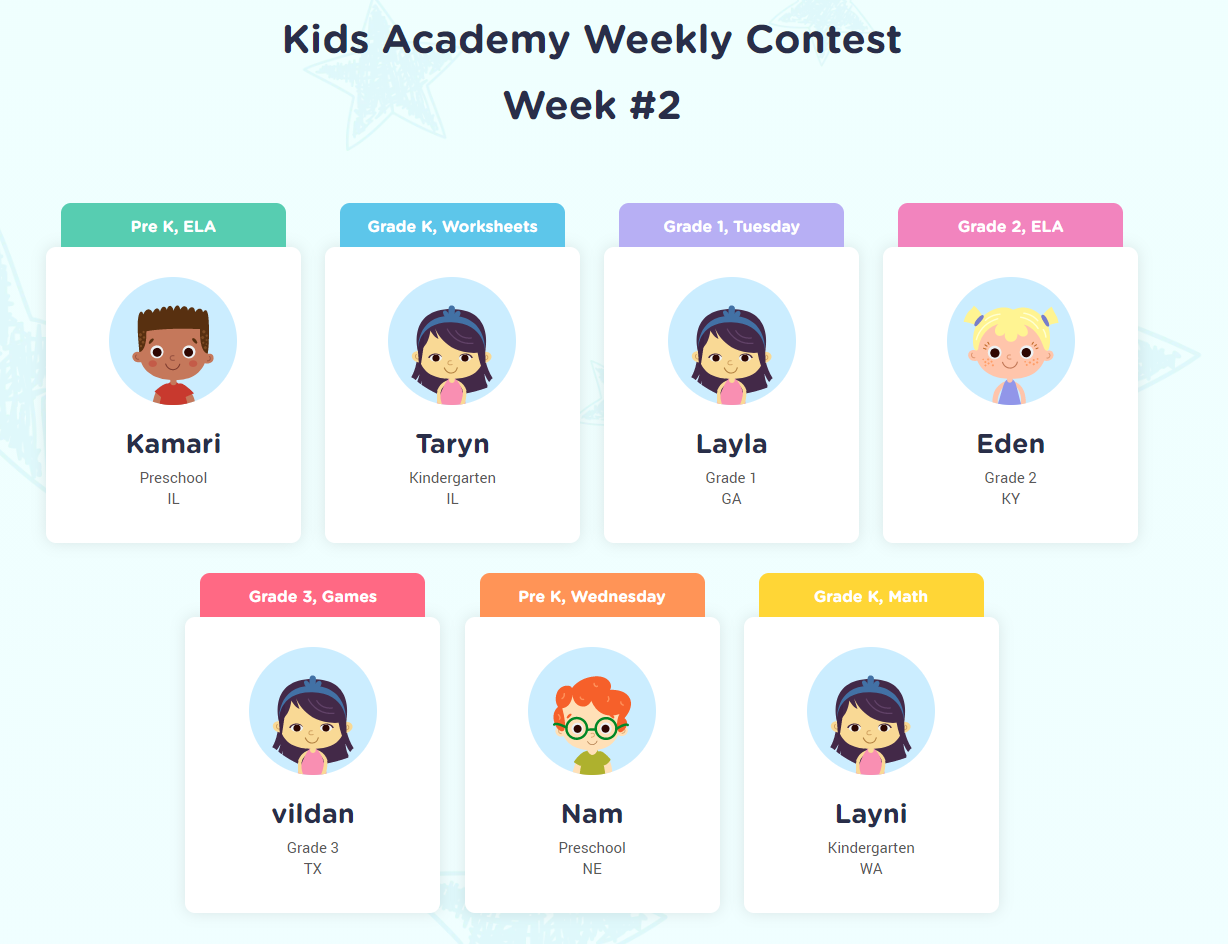Learning number sequence Worksheets for Kids
1 filtered results
-
From - To
Question/Answer
How does the mastery of the Learning number sequence skill affect a student's performance at an early age?
Mastery of the Learning number sequence skill at an early age significantly boosts a student's mathematical understanding and capabilities. It lays the foundation for arithmetic operations, enhances memory and number sense, and fosters problem-solving skills. Early mastery leads to higher confidence in math, encouraging more active participation and better performance in mathematical tasks and concepts as the student progresses.
What are some effective activities to train students’ Learning number sequence skill when teaching them about Adding up to 1000 Misc?
Effective activities for teaching students about adding up to 1000 include number line jumps, where students visually map additions; interactive games that simulate shopping scenarios to add prices; using base-ten blocks for tactile learning of addition concepts; and puzzle-solving that requires finding missing numbers in sequences. These activities combine visualization, practical application, and hands-on experience to enhance understanding.
What does the Learning number sequence skill mean when it comes to Grade 2 Adding up to 1000 Misc learning?
The Learning number sequence skill in the context of Grade 2 Adding up to 1000 Misc learning focuses on helping students understand and work with numerical sequences within the range of 1 to 1000. This skill aims to improve their ability to recognize patterns, count forwards and backwards, and apply this understanding in addition tasks involving numbers up to 1000.












